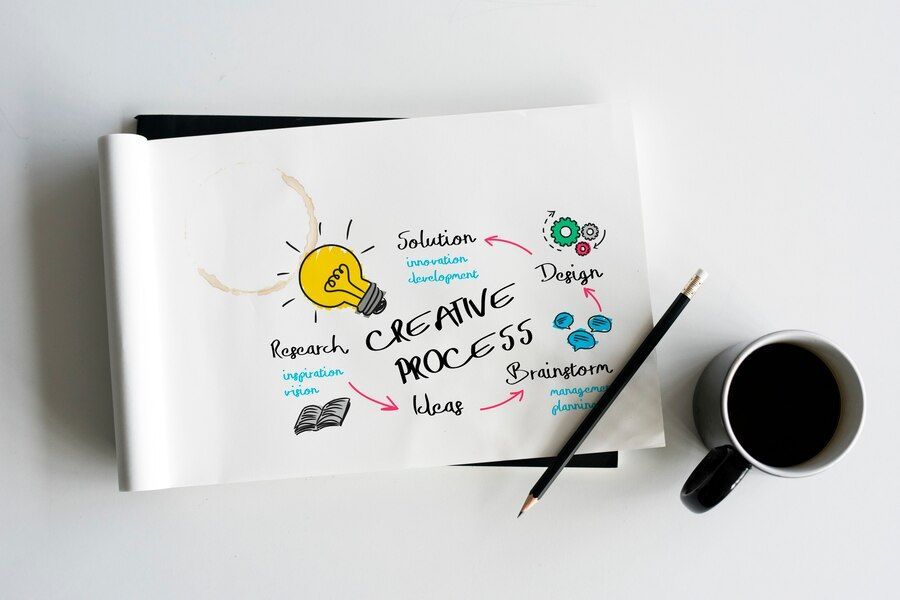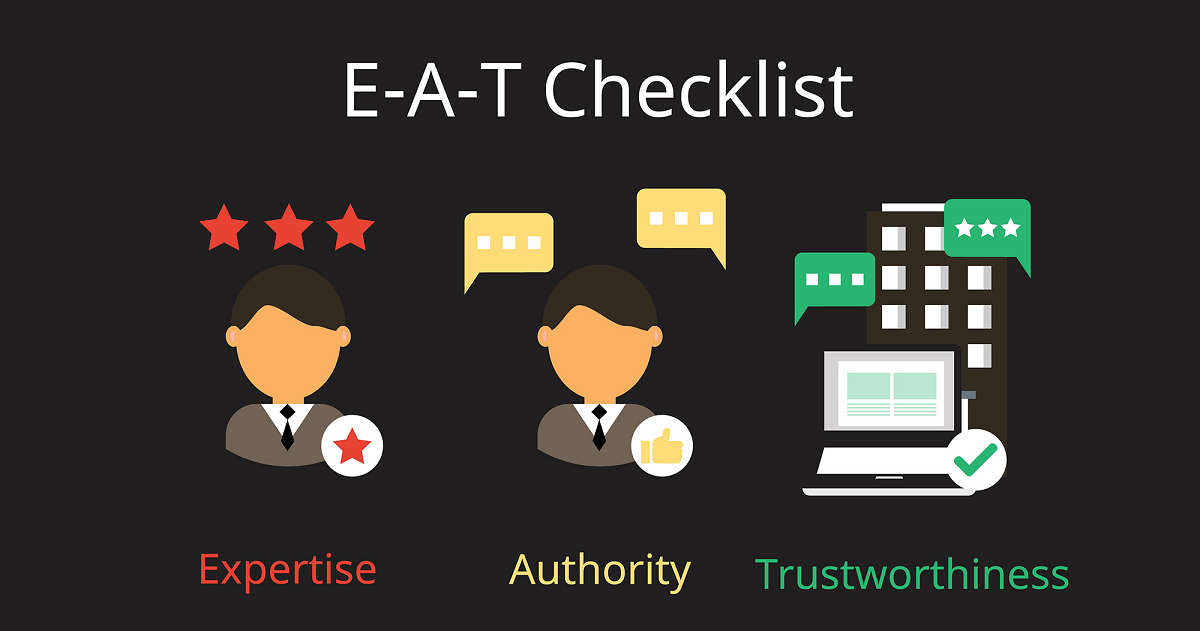BLOG
The Art of Infographic Creation: Tips And Tools for Success

In today's digital age, conveying complex data and ideas is crucial. That's where infographics shine. They blend information and design to present content in a visually compelling format, making it easier to understand and remember.
In this guide, we explore the art of infographic creation. We offer tips and insights to help you craft stunning infographics that captivate your audience and convey your message effectively. From understanding critical elements to mastering data visualization and choosing the right tools, this guide equips you with the skills to create impactful infographics.
Join us on this journey into infographics, uncovering the secrets to creating visually stunning and practical visual communication pieces. Whether you're a seasoned designer or a novice, this guide is your go-to resource for mastering the art of infographic creation.
Understanding Infographics
Understanding infographics is essential for anyone looking to create compelling visual content. Infographics are visual representations of information, data, or knowledge that present complex ideas clearly, concisely, and engagingly. They combine text, images, and graphics to communicate a message quickly and effectively, making them particularly useful for summarizing large amounts of information or presenting data in a visually appealing format. Infographics come in various types, including statistical, informational, and timeline infographics, each serving different purposes. By understanding the principles behind infographics and how to create them, you can effectively convey your message to your target audience and make complex information more accessible and engaging.
Types Of Infographics
- Statistical Infographics: These infographics are used to visualize data and statistics. They often include bar graphs, pie charts, line charts, and other graphical representations of numerical information to illustrate trends, comparisons, or distributions.
- Informational Infographics: These infographics are designed to convey information or explain a process. They can include flowcharts, diagrams, maps, or any visual that helps explain a concept or procedure clearly and concisely.
- Timeline Infographics: These infographics present information chronologically, showing the progression of events over time. They help tell stories, illustrate historical events, or showcase a product's or idea's development.
- Comparison Infographics: These infographics compare two or more items, concepts, or data sets. They often use side-by-side visuals or charts to highlight similarities and differences, making complex comparisons easier to understand.
- Hierarchical Infographics: These infographics show a hierarchical structure, such as organizational charts, family trees, or categorization diagrams. They visually represent relationships between different elements in a structured manner.
- Process Infographics: These infographics illustrate a series of steps in a process or workflow. They are often used for instructional purposes or to explain how something works, using visuals to guide the viewer through each stage of the process.
Critical Elements Of A Successful Infographic
- Visual Hierarchy: Organize information to guide the viewer's eye through the content. Use size, color, and placement to emphasize important points and create a clear flow.
- Design Principles: Apply design principles such as balance, contrast, alignment, and proximity to create a visually appealing and cohesive infographic. Use complementary colors and fonts to enhance readability and visual interest.
- Use of Colors, Fonts, and Icons: Choose colors that complement each other and align with your brand or topic. Use fonts that are easy to read and convey the tone of your message. Icons can help illustrate concepts and make the infographic more engaging.
- Data Visualization: Select the right charts, graphs, and visual elements to represent your data effectively. Use charts that best illustrate the relationships or trends in your data and ensure accuracy in your data presentation.
- Simplicity: Keep the infographic simple and focused on the main message. Avoid clutter and unnecessary details that can distract from the key points.
- Relevance: Ensure that the content of your infographic is relevant to your audience and aligns with their interests or needs. Tailor the information to resonate with your target audience for maximum impact.
- Storytelling: Use visual storytelling techniques to create a narrative flow in your infographic. Structure the information in a way that tells a story or leads the viewer through a logical sequence of ideas.
- Call to Action: Include a clear call to action (CTA) that prompts the viewer to take the desired next step, whether visiting a website, downloading a resource, or sharing the infographic on social media.
Data Visualization Techniques
- Choosing the Right Charts and Graphs: Selecting the appropriate chart or graph type based on the nature of your data is essential. Common types include bar charts, line graphs, pie charts, scatter plots, and maps. Each type has strengths in representing different data types, such as comparisons, trends over time, proportions, distributions, and geographic data.
- Representing Data Accurately: Ensuring your data is accurately represented is vital for maintaining credibility. Avoid distorting data through misleading scales, truncated axes, or inappropriate use of visual elements. Use clear labels and legends to provide context and avoid misinterpretation.
- Simplifying Complex Data: Infographics should simplify complex data without losing its essence. Use summarization, aggregation, and grouping techniques to condense large datasets into easily digestible visual elements. Focus on highlighting key insights and trends rather than overwhelming the viewer with too much detail.
- Color and Visual Elements: Utilize color strategically to highlight important data points or differentiate categories. However, be mindful of colorblindness and ensure your color choices are accessible to all users. Visual elements such as icons, illustrations, and patterns can enhance understanding and add visual interest to your infographics.
- Interactivity and Animation: Consider adding interactivity or animation to engage your audience further for digital infographics. Interactive elements allow users to explore the data themselves, while animation can reveal information gradually, guiding the viewer's attention and enhancing storytelling.
By applying these data visualization techniques, you can create infographics that effectively communicate your message, engage your audience, and convey complex data clearly and compellingly.
Tools For Infographic Creation
- Canva: Canva offers a user-friendly interface with drag-and-drop functionality, making it easy for beginners to create professional-looking infographics. It provides a wide range of templates, graphics, and fonts.
- Piktochart: Piktochart is another user-friendly tool that allows you to create infographics, presentations, and posters. It offers customizable templates and a library of icons, images, and charts.
- Adobe Illustrator: For more advanced users, Adobe Illustrator provides robust features for creating custom infographics. It offers precise control over design elements and is ideal for creating intricate and detailed infographics.
- Visme: Visme is a versatile tool that allows you to create infographics, presentations, animations, and more. It offers a variety of templates, graphics, and animations to enhance your infographics.
- Venngage: Venngage offers various templates and design elements to create infographics, reports, and presentations. It provides customization options and data visualization tools for creating impactful infographics.
- Infogram: Infogram is a tool specifically designed for creating interactive infographics and charts. It offers a range of templates and customization options to create visually appealing and engaging infographics.
Best Practices For Infographic Creation
- Clear Objective: Define a clear objective for your infographic. Having a clear goal will guide your design and content choices, whether it's to educate, inform, or persuade.
- Simplicity: Keep your infographic simple and focused. Avoid cluttering it with too much information or complex visuals that overwhelm the viewer.
- Visual Hierarchy: Use visual hierarchy to guide the viewer's attention through the infographic. Highlight key points using size, color, and placement to make them stand out.
- Storytelling: Tell a story with your infographic. Structure your content logically, leading the viewer from one point to the next and building a narrative that engages them.
- Data Visualization: Choose the right charts, graphs, and diagrams to visualize your data effectively. Use colors and patterns thoughtfully to enhance understanding without overwhelming the viewer.
- Consistent Design: Maintain a consistent design throughout your infographic. Use a cohesive color scheme, typography, and visual style to create a unified look.
- Readable Fonts: Use readable fonts that are easy on the eyes. Avoid using too many different fonts, and stick to a maximum of two or three for clarity.
- White Space: Use white space strategically to create a balanced layout and improve readability. Make sure to overcrowd your infographic with content or visuals.
- Mobile-Friendly Design: Ensure your infographic is mobile-friendly by using responsive design principles. Test how it looks on different devices to ensure a seamless experience for all users.
- Testing and Iteration: Test your infographic with a small audience or colleagues to gather feedback. Use this feedback to iterate and improve your design before finalizing it for publication.
Promoting And Sharing Infographics
- Social Media: Share your infographics on popular social media platforms like Facebook, Twitter, LinkedIn, and Instagram. Use engaging captions and relevant hashtags to increase visibility and encourage sharing.
- Infographic Directories: Submit your infographics to reputable infographic directories and websites to reach a broader audience interested in visual content.
- Email Marketing: Include infographics in your email newsletters to engage subscribers and drive traffic to your website or blog.
- Blogging and Guest Posting: Publish your infographics on your blog or as guest posts on relevant industry blogs. Include a brief introduction or explanation to provide context for your infographic.
- Press Releases: Write a press release about your infographic and distribute it to media outlets and industry publications. This can generate buzz and attract attention from journalists and influencers.
- SEO Optimization: Optimize your infographic for search engines by using relevant keywords in the title, description, and alt text of images. This can improve its visibility in search engine results pages (SERPs).
- Engage with Influencers: Reach out to influencers in your industry and ask them to share your infographic with their followers. Their endorsement can significantly increase your infographic's reach and credibility.
- Embed Codes: Provide an embed code with your infographic so that others can easily share it on their websites or blogs, with proper attribution to your brand.
Conclusion
The art of infographic creation is a powerful tool for communicating complex information visually compellingly. By combining data, graphics, and storytelling, infographics can engage and educate audiences effectively. To create successful infographics, starting with a clear objective and target audience is essential. Use relevant data and visuals that support your message, keeping the design simple and easy to understand.
Use tools like Canva, Piktochart, or Adobe Illustrator to professionally design your infographic. Remember to optimize for mobile devices and share your infographic across relevant platforms to maximize its impact. With the right tips and tools, you can create infographics that captivate your audience and convey your message with clarity and creativity.











